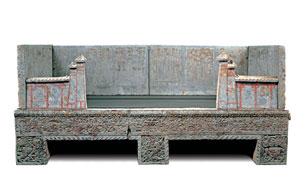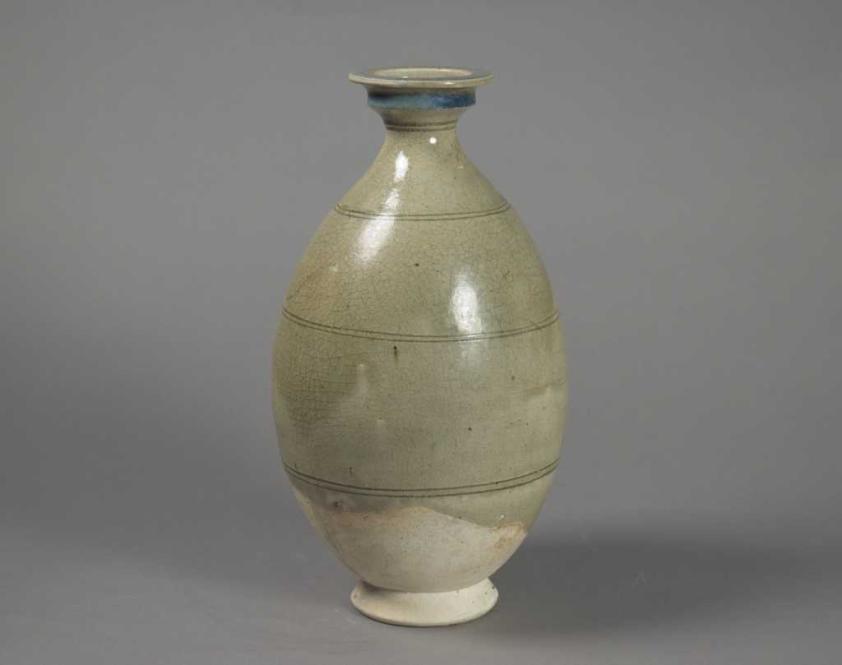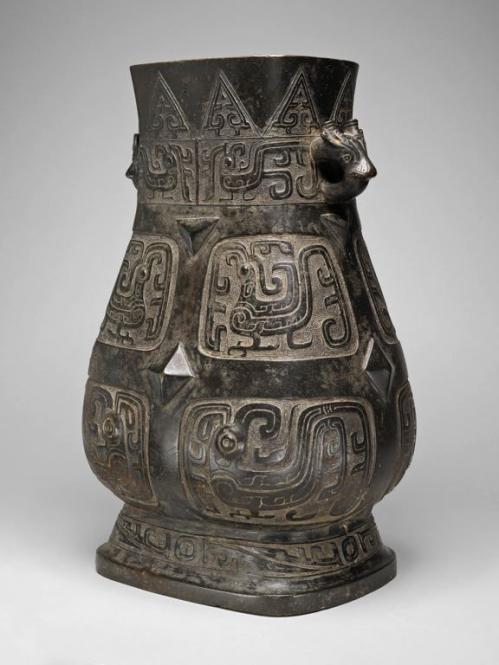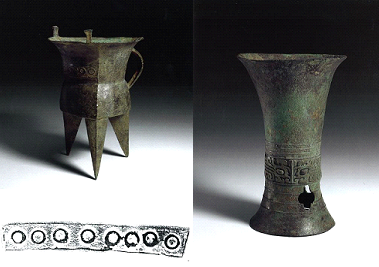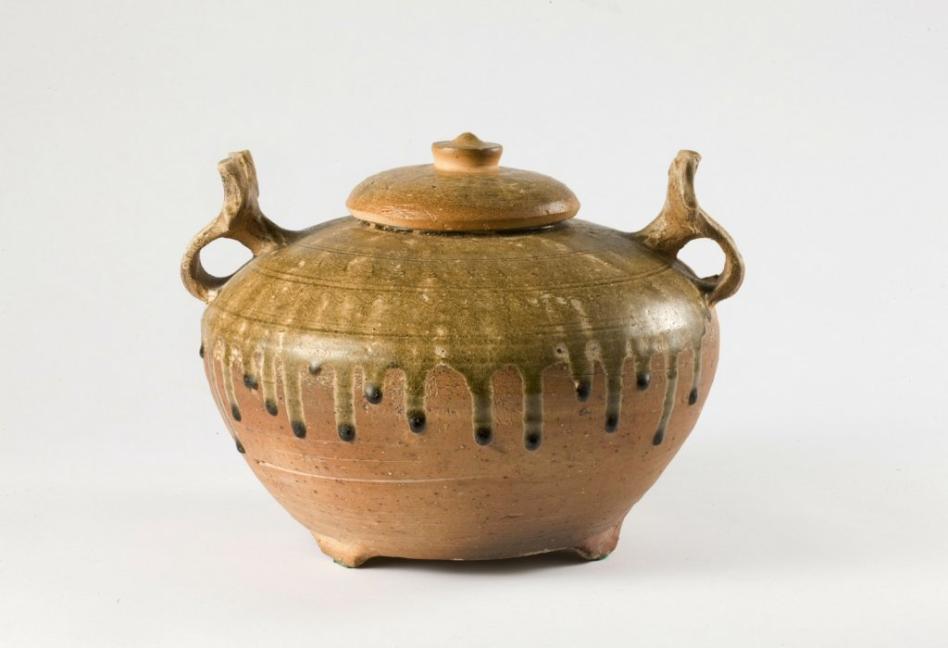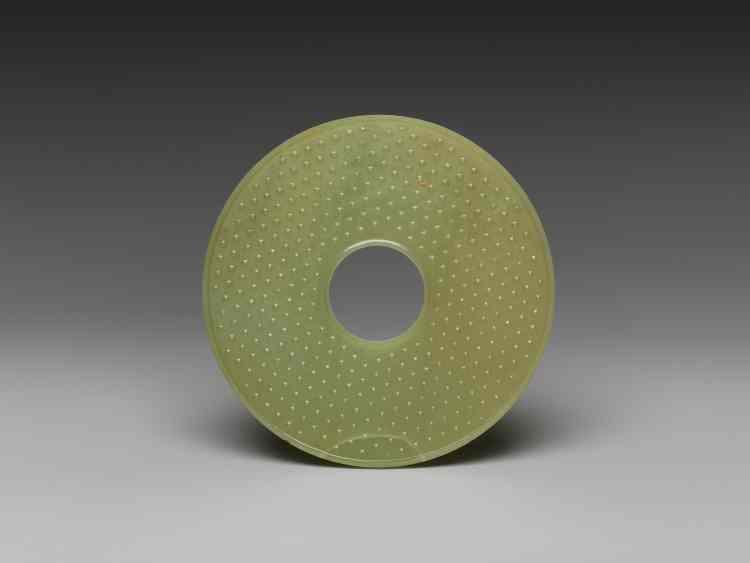2008.072.004
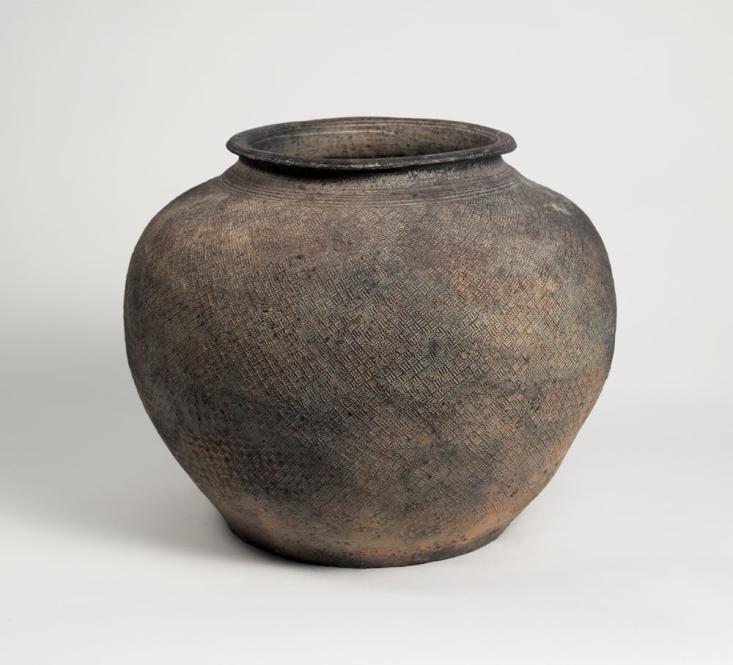
Object Title
Jar (guan) with impressed basket-weave design
Measurements
h: 9 ½ in. (24.1 cm); diam: 11 ⅞ in. (30.2 cm)
Creation Date
8th – 5th century BC, Spring and Autumn period
Credit Line
Gift of Eunice Shatzman, Class of 1949, and Herbert Shatzman
Culture
Country of Origin
Object URL
http://www.museum.cornell.edu/collections
Museum's Definition of Antiquity
Tang Dynasty, or earlier (618-906 CE)
Provenance Information
by 2004 - 2008 Eunice and Herbert Shatzman, Durham; 2008 collection of Herbert F. Johnson Museum of Art, Cornell University, Ithaca (gift of Eunice and Herbert Shatzman)
Exhibition Information
Herbert F. Johnson Museum of Art, Cornell University, Ithaca, Heavenly Earth: Early Chinese Ceramics from the Shatzman Collection, June 5 – August 22, 2004
Publication Information
Avril, Ellen. Heavenly Earth: Early Chinese Ceramics from the Shatzman Collection [an exh. cat.] (Ithaca: Herbert F. Johnson Museum of Art, Cornell University, 2004); ref. p. 20-21, cat. no. 8, color illus. p. 20.
Section of the AAMD Guidelines relied upon for the exception to 1970
Gift or bequest expected or on loan prior to 2008
Explain why the object fits the exception set forth above
The donors pledged part of their collection, including this object, to the museum prior to 2008, as per correspondence dated 2001, on file.
